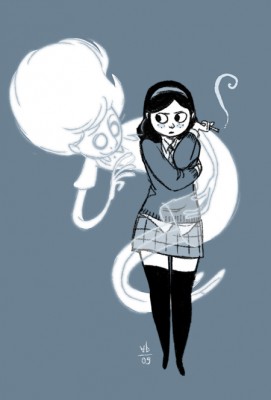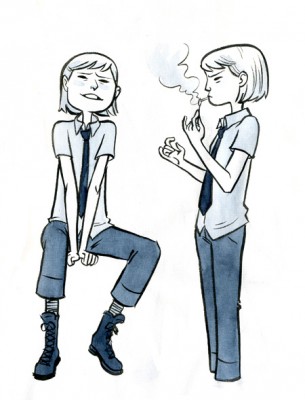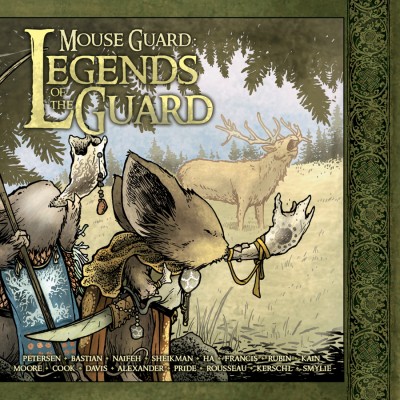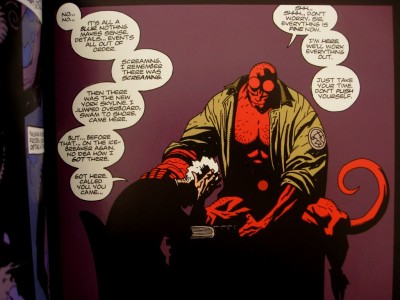Reviewer: Emera
Date read: 4.30.2012
Book from: Personal collection; the full story is available online for free here.
“There was a boy who used to sit in the twilight and listen to his great-aunt’s stories. She told him that if he could reach the place where the end of the rainbow stands he would find there a golden key.
“And what is the key for?” the boy would ask. “What is it the key of? What will it open?”
“That nobody knows,” his aunt would reply. “He has to find that out.”
“I suppose, being gold,” the boy once said, thoughtfully, “that I could get a good deal of money for it if I sold it.”
“Better never find it than sell it,” returned his aunt.
And the boy went to bed and dreamed about the golden key.
Now all that his great-aunt told the boy about the golden key would have been nonsense, had it not been that their little house stood on the borders of Fairyland. For it is perfectly well known that out of Fairyland nobody ever can find where the rainbow stands. The creature takes such good care of its golden key, always flitting from place to place, lest any one should find it! But in Fairyland it is quite different. Things that look real in this country look very thin indeed in Fairyland, while some of the things that here cannot stand still for a moment, will not move there…”
George MacDonald has long represented a major hole in my knowledge of fairy-stories, though I’ve known of the deep regard of Tolkien, among numerous others, for his work. I’ve always wanted to read The Princess and the Goblin for that reason, but this gracefully designed edition of “The Golden Key,“ with 1987 illustrations by Maurice Sendak and an afterword by W. H. Auden, ended up being my first foray into MacDonald’s work.
“The Golden Key” is an “adult” fairy tale, in the vein of The Little Prince: deliberately rich with allegorical possibilities, though less explicitly moralizing than the former. It begins in a lightly mischievous register – hard not to be delighted with the character of Tangle, who begins her adventure by climbing down the vines outside her window because the heroine in her storybook did it – but quickly takes on mystical overtones. In a quest fueled by Romantic ideals of childish intuition and union with the natural world, and distinctly reminiscent of Plato’s Allegory of the Cave, Tangle and Mossy (the boy in the opening lines) endlessly seek the land whose beautiful shadows they see cast in a valley in Fairyland. Sendak’s illustrations perfectly complement the text, with their air of thoughtful mystery:
 I do wish I had read this when I was a bit younger, and more readily stirred by purely romantic narratives; the richness and profundity of MacDonald’s prose can teeter on the verge of cloying. There are plenty of wonderful details, though, that startle with their strangeness and vividness – my favorite being a flying, feathered fish that leaps into a cooking pot. And MacDonald writes with easy, luminous grace, evoking a sense of immense yearning and mystical expanse.
I do wish I had read this when I was a bit younger, and more readily stirred by purely romantic narratives; the richness and profundity of MacDonald’s prose can teeter on the verge of cloying. There are plenty of wonderful details, though, that startle with their strangeness and vividness – my favorite being a flying, feathered fish that leaps into a cooking pot. And MacDonald writes with easy, luminous grace, evoking a sense of immense yearning and mystical expanse.
Go to:
George MacDonald: bio and works reviewed
Read “The Golden Key” online




